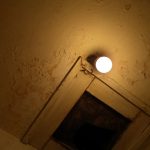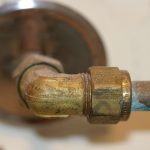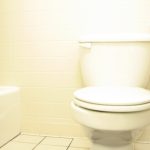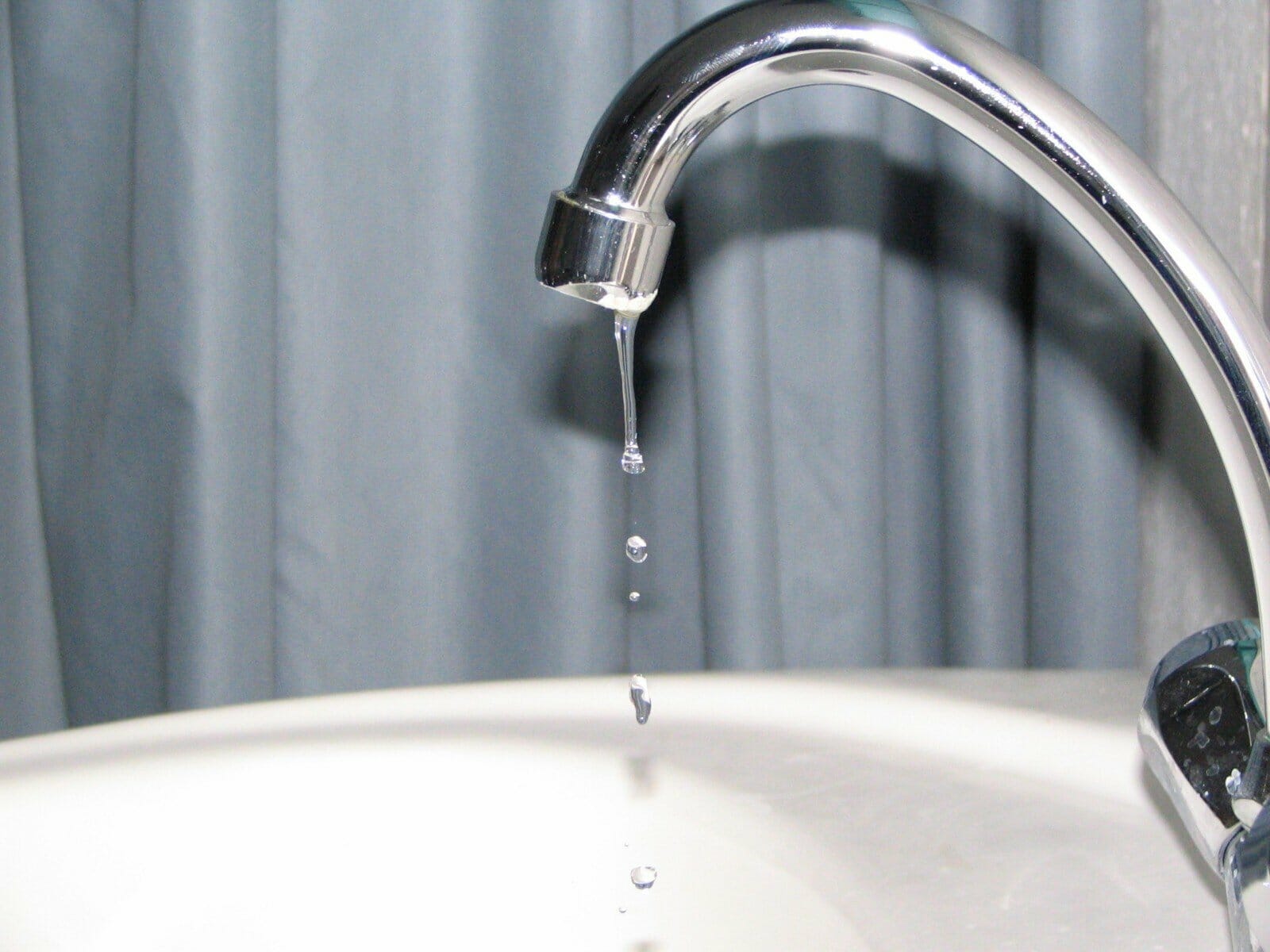A noisy faucet can be very disruptive. Bracing yourself for that grating sound every time you wash can be an annoying experience. There is no need to suffer any longer; a
noisy faucet is one of those easier plumbing repairs that can be tackled by a competent DIY enthusiast without special tools in some cases. It’s time to get rid of those screeches and whistles in your faucets, let’s get started and follow these simple four steps.
- Checking the Aerator:
The noisy faucet could simply be mineral deposits that have accumulated in your aerator. There is a screen that screws into the faucet on the tip, and this will need to be removed to get at the mineral deposits. This is easy to unscrew; then you can run the faucet for a short while to clear the unwanted minerals. If the noise has disappeared, get a new aerator, screw it onto the faucet and replace the old one.
- Do the Washers Need Replacing?
When washers are not sized correctly or are wearing out, they can cause faucet noises. New washers will be needed to replace the old ones that are the source of the problem. Start by turning off your water supply, then carefully take the faucet apart and remove the handles. Then simply take out the old washers and replace them with new ones that are the correct sized. Hopefully, this will correct the issue, if not there could be a different problem to fix.
- Putting a Brake on Your Water Pressure:
Sometimes, high water pressure can be the source of strange noises in your faucets and
plumbing system. If this sounds like it could be the problem, you can test your theory by measuring the water pressure with a pressure gauge. If your water pressure is over 80 psi, it’s too high, and it can cause plumbing problems. A pressure regulator can be installed on your main water line to reduce the water pressure to a more manageable level. This will protect your plumbing and any water using appliances that you own.
- Replacing the Plumbing System:
This may be beyond the skill levels of many DIY enthusiasts, but it may be necessary. Older homes that have noisy faucets are often giving the homeowner an audible warning. The source of these noises can be the pipes, over time they may become blocked by scale and debris causing the pipes to get smaller in diameter. The water will struggle to make its way through the pipes, and the water pressure will gradually reduce over time. In these circumstances, the pipes will need to be replaced, and this is a complicated repair that is best left to a professional plumber. New pipes will work more efficiently, water pressure will be restored, and any annoying noises will disappear.
Hopefully, one of the simple methods outlined above will solve your noisy faucet problem easily. If you’re unsure about how to proceed, always seek
expert local plumbing advice, to ensure that you don’t make the problem worse and more expensive to repair.
By Giovanni Longo President Flood Brothers Plumbing
Giovanni Longo is a 3rd generation master plumber who has been practicing his craft and trade in the greater Los Angeles area for well over a decade and a half. A plumbing and hydraulics-engineering innovator, Giovanni’s particular world-class expertise focuses on dealing with challenging sewer system designs as well as resolving complex commercial and residential draining issues. As a certified Flood Mitigation expert, he is also well versed in a wide variety of water damage and remediation solution.





